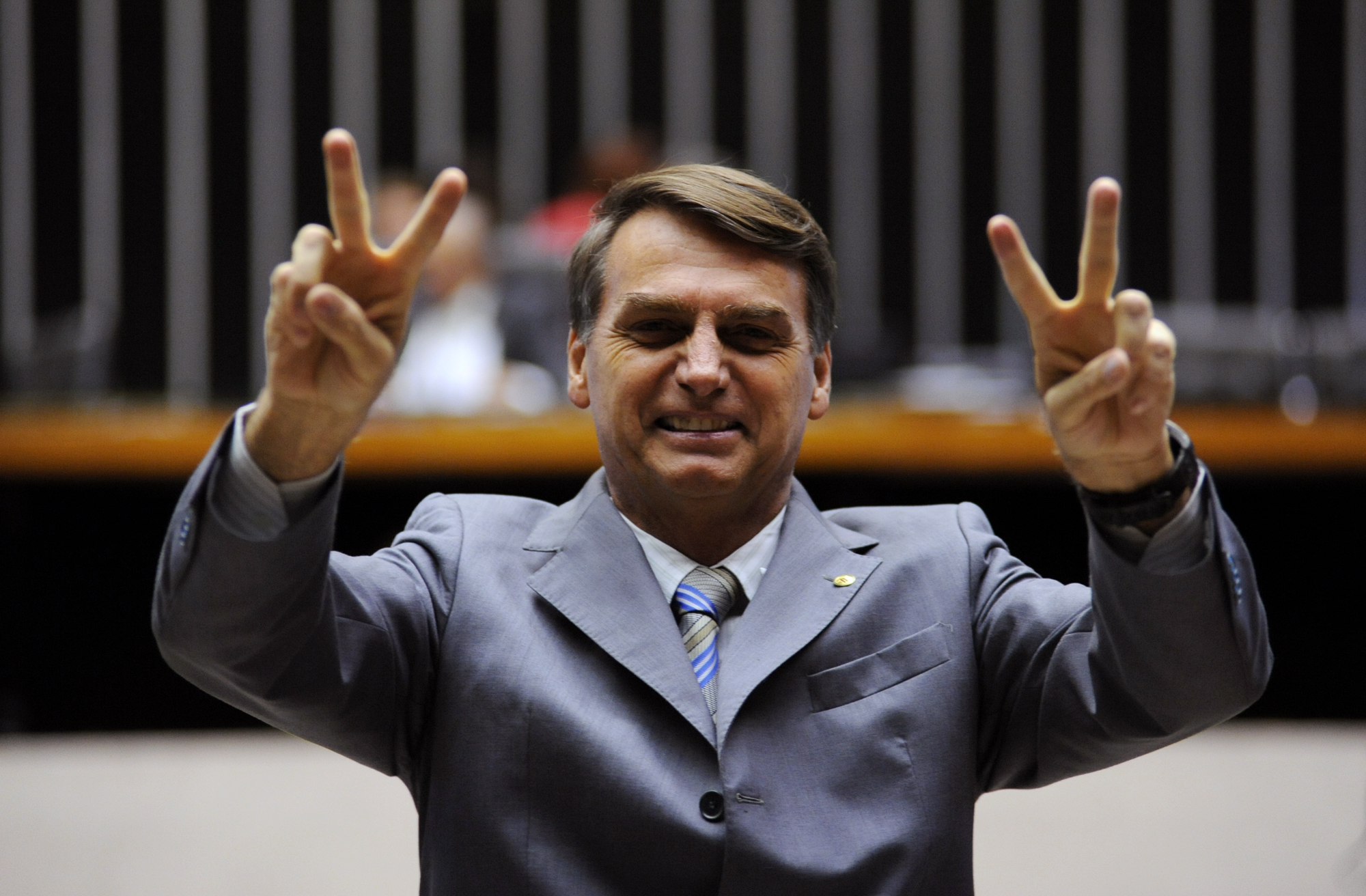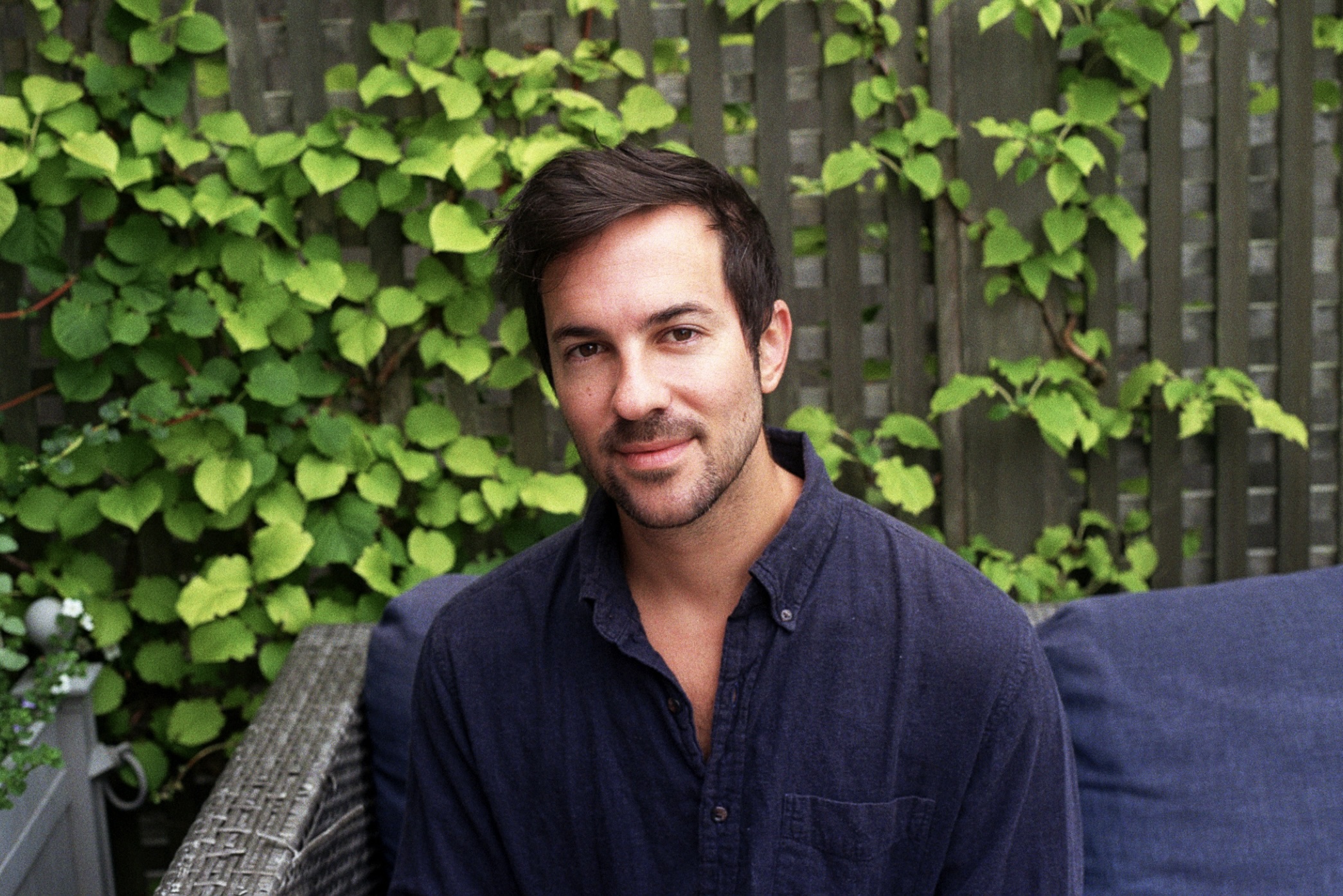Can You Spot the Difference Between Jan. 6 and Jan. 8?
The Jan. 8 riots in Brazil’s capital undoubtedly found a blueprint in Jan. 6—but overlooking important differences obscures the Bolsonaro movement’s origins, path forward, and potential remedy.

Published by The Lawfare Institute
in Cooperation With

Anyone watching Sunday’s failed coup attempt in Brazil’s capital city of Brasília would be forgiven for feeling a bit of déjà vu. Just two days after television networks aired scenes of rioters storming the U.S. Capitol back in 2021, once again viewers saw nearly identical images of angry protesters illegally forcing their way into the seat of government.
Yet while the similarities jump off the page and the television screen, understanding the differences between Jan. 6 and Jan. 8 is just as important, if currently overlooked. It’s in the differences that we may best understand this failed coup’s origins, likely path forward, and remedy.
Newspapers were understandably quick to play up the echoes of Jan. 6. “The attack on Brazil’s seat of government resembles the storming of the U.S. Capitol on Jan. 6, 2021,” read one very matter-of-fact New York Times headline, citing a defeated president’s false claims of a rigged election, an angry mob of supporters storming the legislature, the physical and symbolic destruction and vandalism of government property, and eventual police intervention.
In her Atlantic article, “What the Rioters in Brazil Learned From Americans,” Anne Applebaum writes, “Jair Bolsonaro’s supporters showed that antidemocratic revolutions can be contagious too,” with former President Donald Trump as patient zero. Applebaum’s Atlantic colleague Yascha Mounk observed that “the rioters seemed almost to be cosplaying American insurrectionists.”
To be sure, the parallels are stark—even the date is almost the same. And it’s important to establish a trend line from the Jan. 6 insurrectionists to the Jan. 8 Bolsonaristas to understand both events fully. Crucially, both attempts were unsuccessful. Apparently failed coup attempts repeat themselves first as farce, and then again as farce. Whether we’re witnessing the birth of a global anti-democratic revolutionary movement, as Applebaum argues, remains to be seen, but the linkages are nonetheless troubling.
But let’s pause a moment over what was not similar. For starters, unlike Trump, former President Jair Bolsonaro was not present at the protests, nor was he nearby. In fact, he wasn’t even in Brazil. While his supporters stormed the Planalto Palace, vandalized priceless works of art, smashed furniture, and broke windows, Bolsonaro was in Florida, eating Kentucky Fried Chicken and wandering aimlessly around a Publix. On the advice of his lawyers, Bolsonaro had fled Brazil for Orlando to stay at the home of former UFC fighter José Aldo. One Brazilian newspaper pointed out that one of Aldo’s bedrooms is Minion themed, raising the very real possibility that on the night of the failed coup, Bolsonaro rested his weary head on a pillow shaped like a Minion.
In addition to questions about the shape of his pillow, Bolsonaro’s lack of physical presence raises questions of his criminal culpability. On Jan. 6, Trump stood on the Ellipse and egged on a crowd of thousands to “fight like hell,” before they seemingly answered his call with a forward march to the Capitol to which he personally directed them. While many scholars contend that the First Amendment protects political speech, even when it leads to violence, others, including Lawfare Senior Editor Alan Rozenshtein and Fordham law professor Jed Shugerman, believe that Trump could still be held criminally liable for inciting the riot.
Making the same case against Bolsonaro, who was nearly 3,800 miles away in Orlando at the time of the incident, might prove a bit trickier—though Brazil does not have the First Amendment and instead has its own protections over freedom of speech. After months of spreading conspiracy theories of a rigged election and refusing to concede to the victor, President Luiz Inácio Lula da Silva, few would doubt Bolsonaro’s political culpability—but proving criminal liability is a different matter entirely. Trump’s inciting remarks on Jan. 6 may ultimately prove more damning than Bolsonaro’s relative silence, however damaging it was in its own way.
But Bolsonaro wasn’t the only one absent from Brasília on Jan. 8. As editor in chief of America’s Quarterly Brian Winter pointed out on Twitter in the immediate aftermath of the riots, the Brazilian Congress was not in session. Unlike U.S. lawmakers—and in some cases their families—who fled from the incoming insurrectionists, Brazilian legislative leaders were not present. This meant, as Winter pointed out, that unlike in the U.S., “the lives of Brazilian Congressional leaders [were] not in danger, nor [was] the transition of power which [had] already taken place in Brazil.”
One interpretation of this difference is that the Brazilian rioters lacked the same clear goal that animated the U.S. insurrectionists. While the date may have taken on an entirely new significance after the riots, the date was chosen for a reason: Jan. 6 was the constitutionally designated date for the certification of the votes in 2021. And as haphazard as it may have seemed, the Jan. 6 rioters were united in attempting to block the official certification of the results of the 2020 election.
In Brazil on Jan. 8, by contrast, Lula had already been in office for more than a week. Rather than disrupting any ceremony or electoral process in particular, the Bolsonaristas seemed intent on disruption in general. “It was an expression of frustration and outrage,” political scientist Jennifer McCoy told the Times, “[b]ut without the possibility of stopping anything, because the inauguration already happened.” Max Fisher dismissed Jan. 8 as “more tantrum than full J6.”
Another important difference between Jan. 6 and Jan. 8 is the allegiance of the military and police in the former versus the latter. As Winter writes, “While the U.S. military was always loyal to the Constitution in 2020-21, the political leanings of the Brazilian armed forces and police are much more ambiguous.” To be sure, the members of the Brazilian military and police did not stand alongside the insurrectionists as they forced their way into the seat of government, but “they remain[ed] sympathetic to Bolsonaro and the conservative cause, especially among the junior ranks.”
Oliver Stuenkel goes a bit further, laying out the damning evidence against the security forces:
Still, given all the evidence—including a strong presence of bolsonaristas camping in front of the army headquarters since November asking for a coup—the police’s failure to prevent the invasion raises numerous questions about whether the security forces in the capital—overseen by Brasília’s Governor Ibaneis Rocha, a Bolsonaro ally—willfully ignored the risk, or, worse, possibly tacitly supported the vandals. (Rocha was suspended from office for 90 days by the Supreme Court, pending investigation into his responsibility or mission.)
Jan. 6 undoubtedly occurred in part thanks to oversights and missteps by law enforcement. My colleague Quinta Jurecic wrote about some of these “egregious failures of law enforcement and intelligence agencies to predict and respond to the violence of Jan. 6.” But in Brazil, the evidence suggests less incompetence and more complicity on the part of the police and military. This poses a unique challenge for Lula and anyone in government responding to the riots, who now face the potentially politically destabilizing option of a purge of the security forces.
A final important difference has been the immediate response and aftermath. Perhaps thanks to the lessons learned from Jan. 6, the Brazilian government, and governments around the world, have spared no time in condemning the anti-democratic protests on Jan. 8. Within days, the swifter, more muscular response led to over 1,500 arrests, and round condemnation from all three branches of Brazil’s government, including the pro-Bolsonaro head of Congress and most governors. As Winter notes in a tweet, “The US didn’t manage anything this united or firm on January 7.”
But the most heartening difference has come from the people. In the days after the riots, thousands of counterprotesters swarmed the streets of São Paulo and elsewhere, denouncing the insurrectionists and demanding justice and accountability. Protesters shouted, “No amnesty!” Their demand referenced the amnesty law that shielded members of Brazil’s military dictatorship from punishment after 1985. Their rallying cry is an important reminder of the limits of comparing two countries with different histories and different trajectories. As Brazilians search for justice and accountability for Jan. 8, they will surely do so on their own terms.





